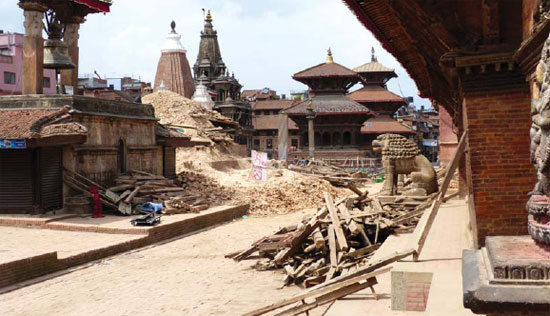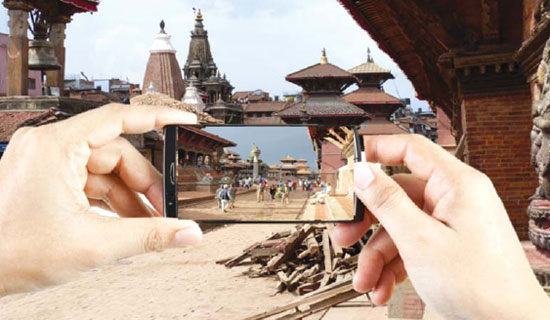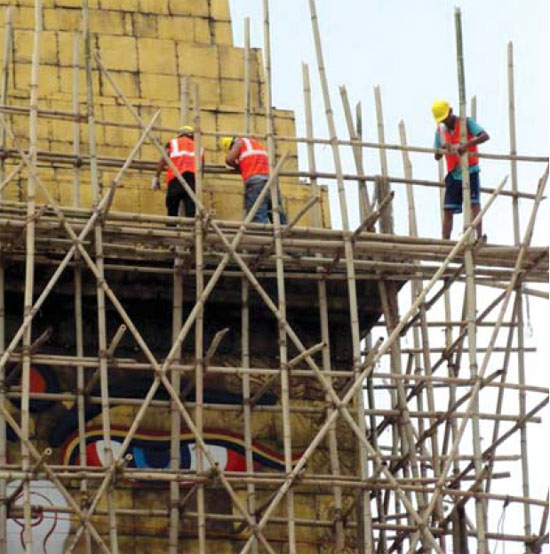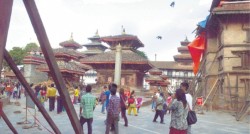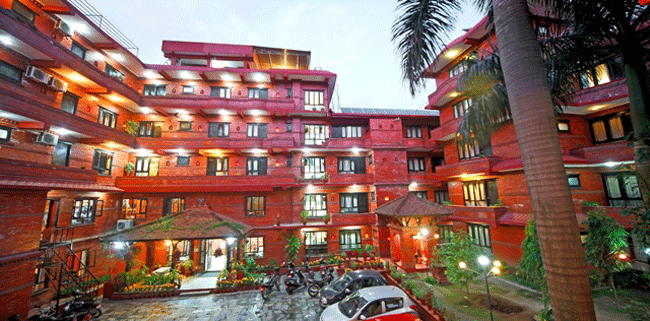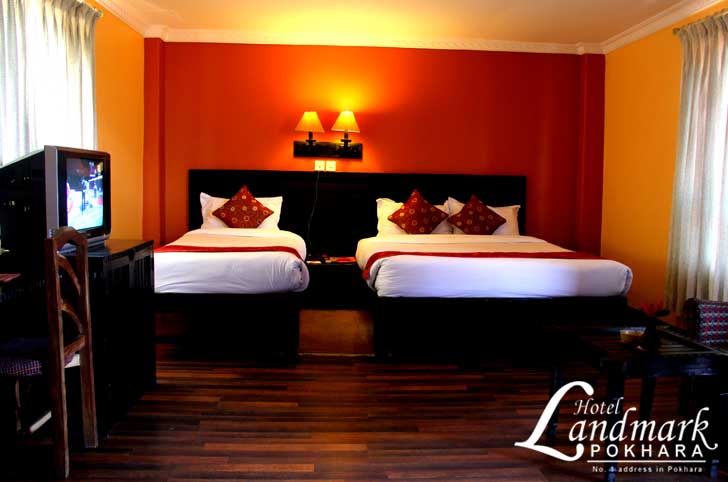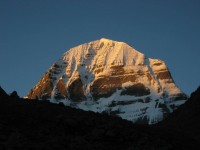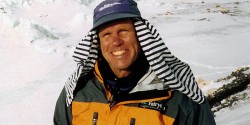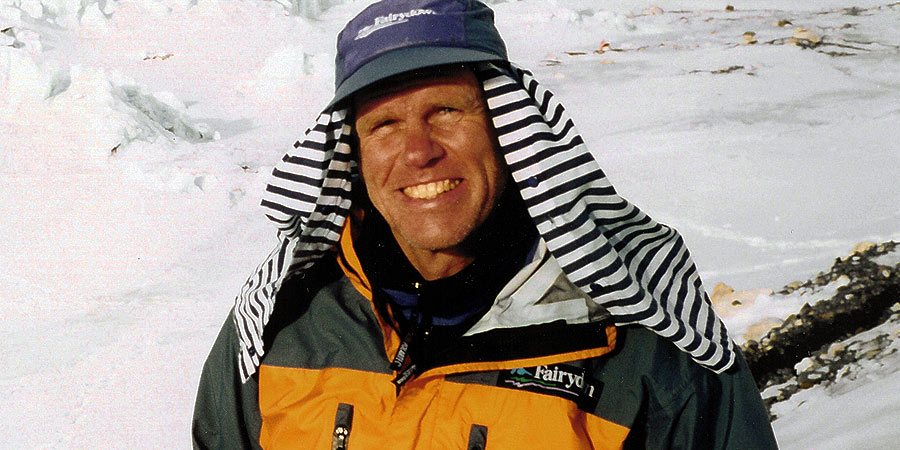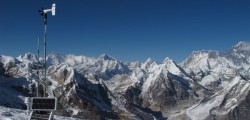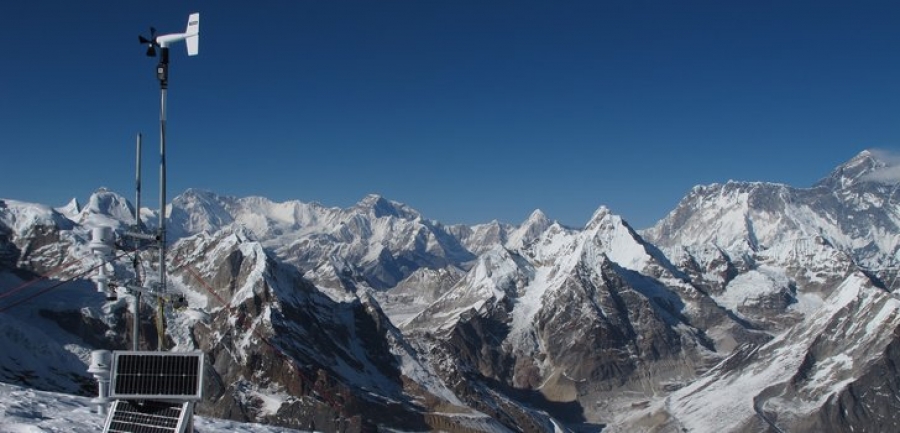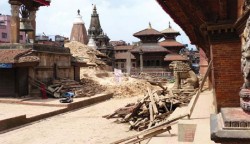
To create a unique and award winning experience for tourists
Restoring damaged UNESCO heritage structures is estimated to cost $18 million. While restoring the combined 743 damaged monuments can cost $117m. The restoring and rebuilding of all these cultural sites will take years. However, tourists can be offered new experiences to attract them to the cultural heritage sites.
With loss of our heritage assets, the challenge is how to keep tourists in Kathmandu for longer. Exhibitions or murals in front of heritage sites showing before and after images could help attract more tourists to the heritage sites.
An augmented reality application could also allow smart phone users to see pictures of what the square would have looked liked before the earthquake when the camera is at a certain space or area. There could also be narration by famous actors, information and interactive tools to create a world class and award winning multi-media experience that is promoted in Nepal and abroad. The disaster could be a new beginning.
Training
During the off season to deliver better services
Comprehensive retraining of staff laid off and unemployed at this time (porters, waiters, hoteliers, managers, etc.) could be the ideal next step for the tourism sector to bounce back. In many ways it could be the perfect time. After good management training programs, staff and laid off employees will be ready to provide better services when the tourist season starts again after the monsoon.
Training programs will have to focus on helping entrepreneurs and employees provide newer services/products and identifying newer markets. Programs could focus on management, marketing, hygiene, customer care, etc. They could be delivered directly to affected workers as part of a revival package.
Ninety percent of the tour guides are unemployed, they have no work, they are jobless. There is insecurity among the tour guides [about] what to do. I have [asked] my colleagues, just wait for one year.
Hare Ram Baral, head of the Tourist Guide Association of Nepal
Safe Trekking Systems
To inspire confidence
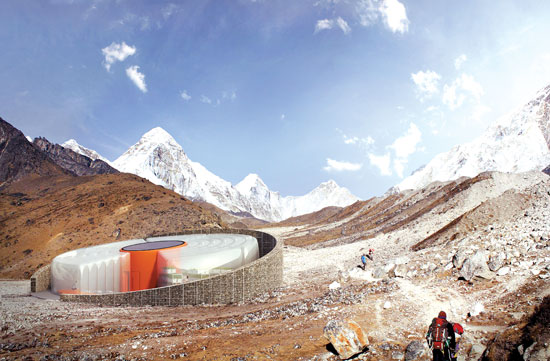
Design idea for a Himalayan mountain hut/Safe Trekking System courtesy of HMMD architecture competition initiated by Samarth-NMDP.
As Nepal seeks assurances from international geologists and consultants on its popular trekking routes, especially the Everest and Annapurna regions that attract around 70 per cent of trekkers, the PDNA suggests creating a Safe Trekking System with standards and regulations for the quality of the product and how to manage it. Classifying trails will go a long way in enabling visitors and the industry to assess the risks associated with certain treks and areas based on altitude, length, facilities, location etc.
A Safe Trekking System requires a product that allows good communication along the trail, a monitoring system that tracks the location of visitors & staff during the trek, a responsive rescue system, appropriate shelter along the way, enterprises that offer good basic services and quality infrastructure including bridges and drinking water provisions. The Safe Trekking System also requires an effective management system that looks after classification, promotion, maintenance & investment and staff skills. During the slow monsoon season, the Samarth-NMDP programme is taking the lead towards the establishment of the Sate Trekking System with funds from UK AID/DFID.
Follow and share our more detail from our social media ; Facebook, Pinterest and Twitter.
Source: Nepalitimes
Contact Us:
E-mail: sales@samratnepal





